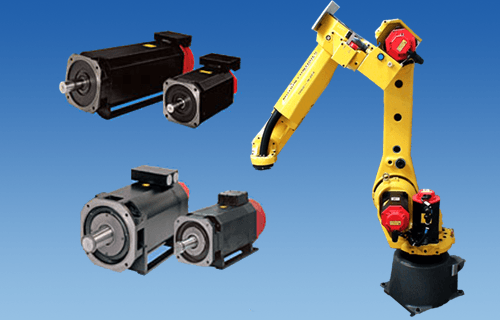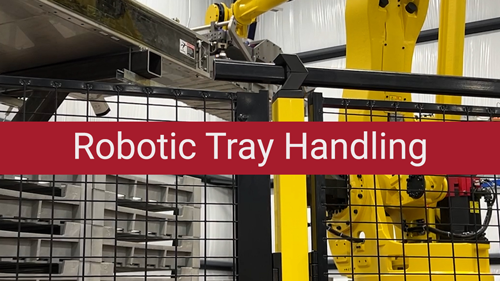This type of call is rare, but recently we had a call from a customer who had been working with another integrator to troubleshoot a robot that wasn’t acting normally. Following the other integrator’s advice, the customer purchased and installed a servo amplifier from us previously for the same robot. Unfortunately, that hadn’t fixed the problem.
The customer wanted to buy another robot servo, this time for another axis. Our experienced Customer Service department personnel said, “Whoa, not so fast – let’s do some troubleshooting” (although I’m certain their actual language was much more polite).
Troubleshooting the Problem
 In this situation, the first thing a maintenance tech should do is check basic wiring. Watch for these signs:
In this situation, the first thing a maintenance tech should do is check basic wiring. Watch for these signs:
-
- Continuity and short checks on the wiring to/from the suspect “faulty” servo should be made, including pulling, pushing and twisting on the cable/wiring runs during testing.
-
- Watch for drops in continuity which indicate a broken wire and suggest replacement of the wiring and/or wire connectors.
- There must be absolutely no connection (infinite resistance) between the motor leads and ground.
If the maintenance technician were to place a new servo or motor into a circuit with shorted wires, he or she would just damage another expensive part and would still be no closer to a fix.
So next time your robot servo or other servo motor controlled device starts acting strange, first check the wiring and connectors to the motor before spending money on new parts. Your Production and Purchasing Departments will be glad you did and chances are you will save yourself some rework.
The other option is to let Motion Controls Robotics handle the problem, contact the MCRI Customer Service department to get in touch with one of our FANUC Certified Servicing technicians at 419.334.5886. We can either provide phone assistance or schedule on-site support for you.




